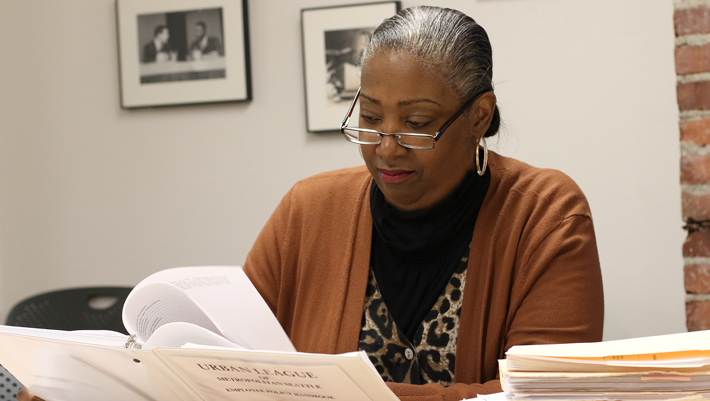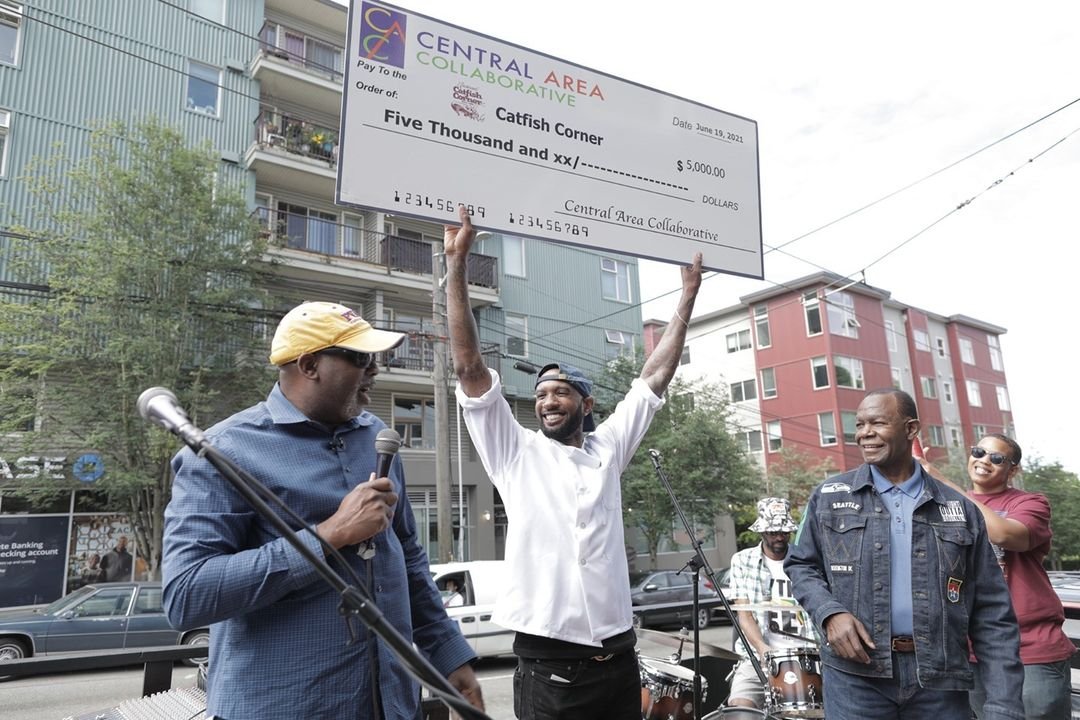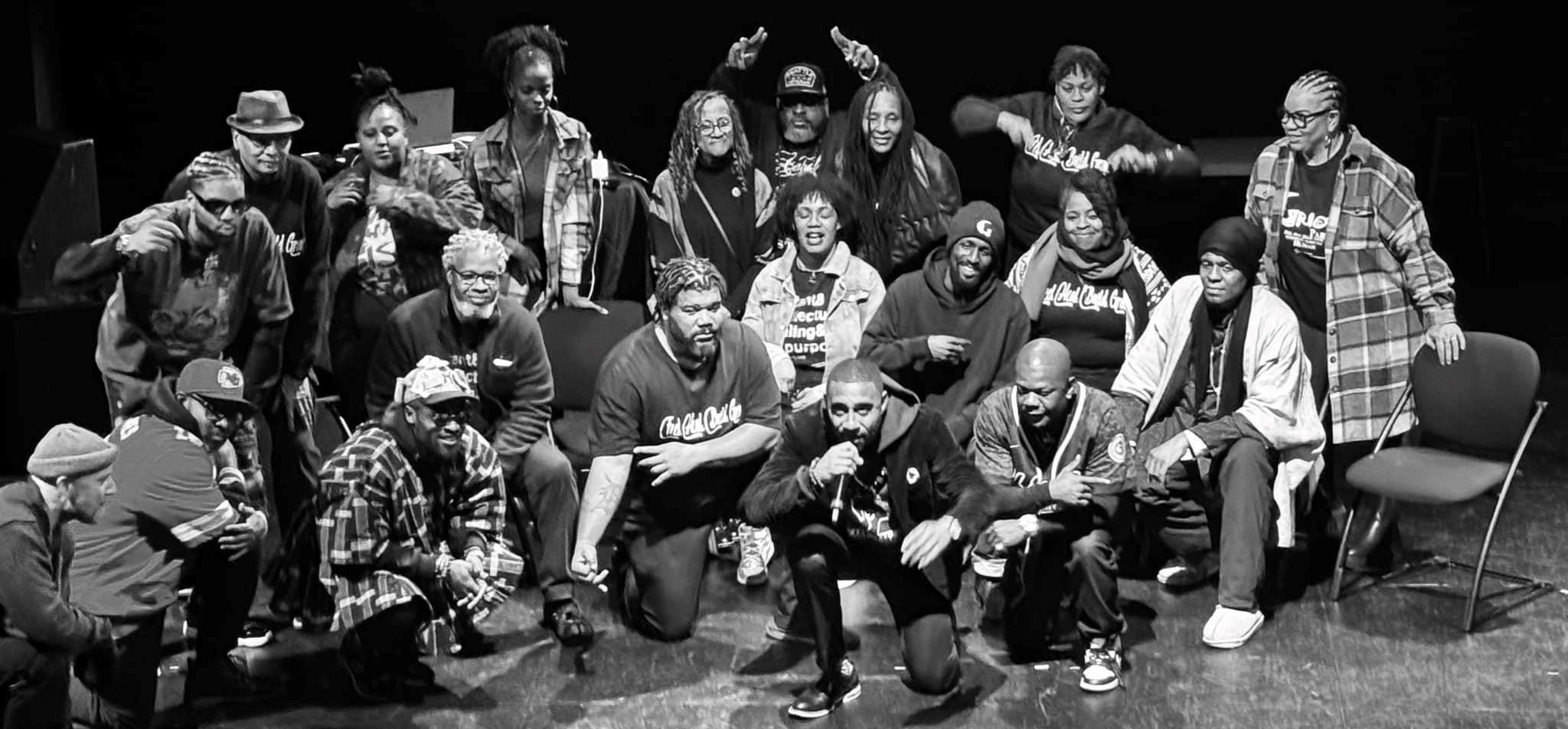
In celebration of Asian American, Native Hawaiian, and Pacific Islander (AANHPI) Heritage Month, we invited UTOPIA Washington, a queer and trans people of color-led, grassroots organization, to share the story of their organization and curate a series of individual stories from their community. Read the full UTOPIA series and be sure to check out all of our AANHPI Heritage Month stories.
Written by staff of UTOPIA WA
A Washington transplant via O’ahu, Hawai’i, Jaron Goto serves as UTOPIA Washington’s Communications Manager. Jaron brings experience in sales, management, makeup artistry and has a Bachelors in Marketing from the University of Hawai’i – Mānoa. Jaron enjoys the beauty in this world and enjoys traveling to new places and learning about different cultures. They enjoy a good TV binge, or dancing the night away at music festivals. During the pandemic, Jaron picked up a love for house plants and now has over 30 plants at home! Fun fact: Jaron once did the conga line with Gloria Estefan on stage at one of her performances! Inspired by the many people who came before, Jaron aims to amplify the voices of those around while fighting for equitable resources for our 2SLGBTQIA+ BIPOC communities.
Questions below asked by Tweetie Fatuesi, program manager at UTOPIA WA.
When did you first hear about UTOPIA Washington and what was your first impression?
I first heard of UTOPIA Washington (UTOPIA Seattle at the time) through an old friend of mine. I was currently working retail and had been encountering work place retaliation from my employer. It was during the beginning of the COVID-19 pandemic and I was also struggling with an extreme cut in pay. UTOPIA at the time, was providing financial assistance and, through that, I received some help. I also was able to get food through their weekly food distribution. My first impression of UTOPIA was, “Wow, how are they so willing to help out a complete stranger?” It was a very stressful time for me and through their kindness and generosity, I was able to thrive. I eventually heard of a job opening and wanted to apply immediately. The rest was herstory.
You came onboard the team when we were a team of 7 in that small space on Meeker St. Now we are at a bigger space with multiple buildings on Central Ave. Can you describe being a part of UTOPIA’s growth?
Coming into this organization when I did is one of the biggest blessings. I’ve been able to witness not only the physical growth of UTOPIA, but the growth in all the other aspects. I’ve seen our health services blossom into a full clinic. I’ve seen our cultural work turn into the largest Queer and Trans Pacific Islander (QTPI) representation in the PNW (possibly in the country). I’ve also seen the growth of our youth involvement, and having these spaces that once did not exist. It’s truly a blessing to be part of this journey and I don’t take any moment for granted.
This month is AANHPI month. Any thoughts on what people should know or anything you want to spotlight?
As an Asian American, I encourage my Asian siblings to really use this month to reflect and educate ourselves on how we often contribute to the erasure of Native Hawaiians and Pacific Islanders. While May honors the accomplishments of the AA & NHPI communities, we often see little to no representation of NHPI. I also encourage those who sit in spaces deemed “AAPI” to really reflect and question if your PI representation is equitable. There’s a lot for us to unlearn and this is the moment for us to really show up in solidarity while also uplifting our NHPI siblings.
Jaron, what are your hopes for the future of UTOPIA, not only as a team member but as a member of community?
My hope is that one day we will be able to bring UTOPIA to every corner of this country and the Pacific region. I often see messages through our social media saying “I wish we had a UTOPIA here.” While these messages are heartwarming, it also shows how spaces like these are so desperately needed…especially in more rural areas where our community does not have safe spaces. In an overall bigger picture, I would love to see our communities thriving and operating from abundance rather than scarcity.


